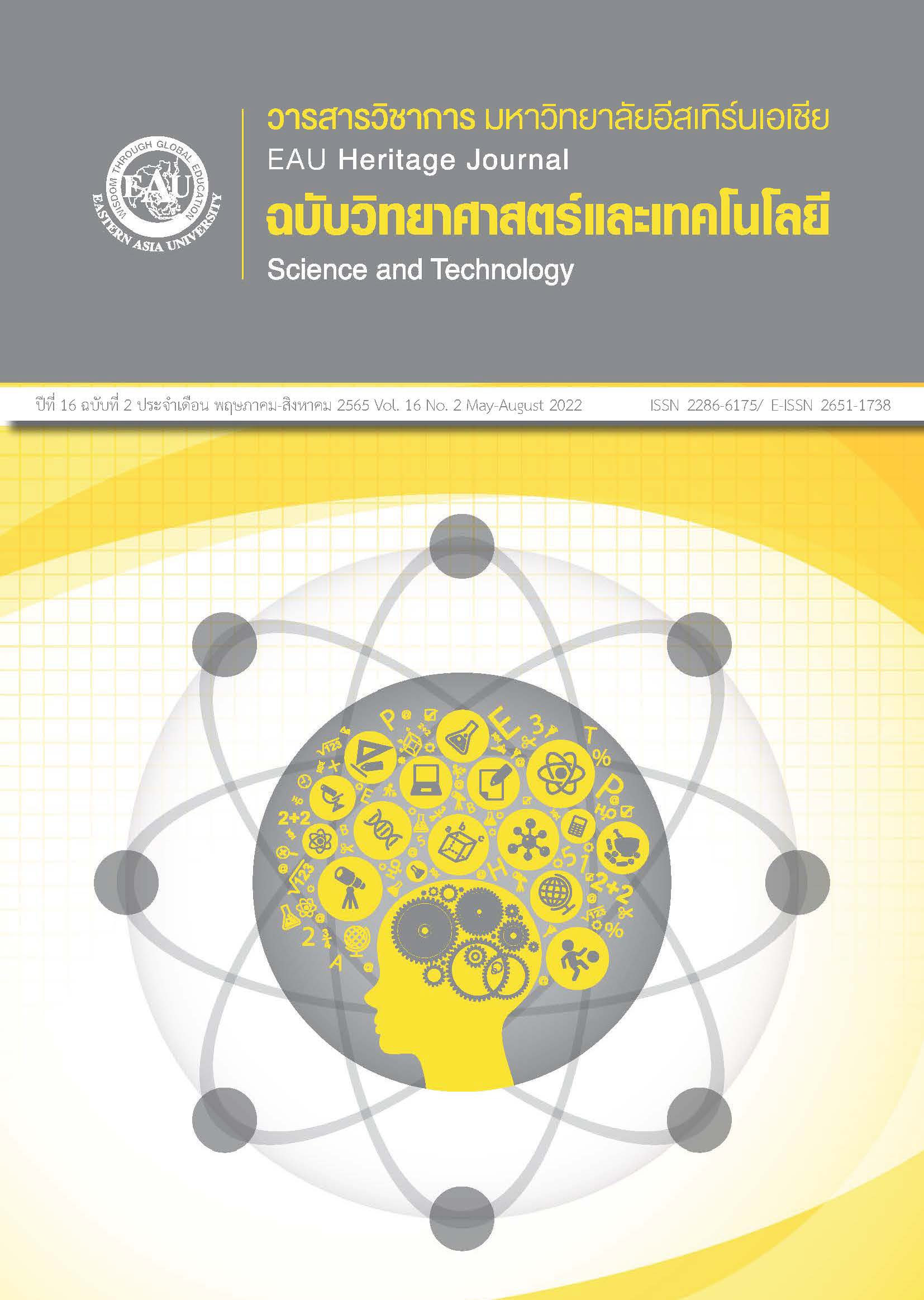ความสัมพันธ์ระหว่างการตรวจพบเมแทบอไลต์ของกัญชากับพฤติการณ์การตาย โดยผิดธรรมชาติในผู้เสียชีวิตที่ส่งตรวจที่สถาบันนิติเวชวิทยา โรงพยาบาลตำรวจ
คำสำคัญ:
กัญชา, พฤติการณ์การตาย, หลังจากเสียชีวิตบทคัดย่อ
กัญชาเป็นพืชสมุนไพรที่มีองค์ประกอบหลักชนิดหนึ่งคือ delta-9-tetrahydrocannabinol (Δ9THC) เป็นสารออกฤทธิ์ต่อจิตประสาทที่อาจมีความเกี่ยวข้องกับพฤติการณ์การตายโดยผิดธรรมชาติ โดยเฉพาะอย่างยิ่งเมื่อมีการเสพกัญชาร่วมกับสารอื่นที่ออกฤทธิ์ต่อระบบประสาท เมื่อเสพกัญชาเข้าสู่ร่างกาย องค์ประกอบในกัญชาจะถูกเปลี่ยนแปลงเป็นเมแทบอไลต์ (THC-COOH) ที่ตรวจพบได้ในปัสสาวะของผู้ที่ใช้กัญชา การศึกษานี้มีวัตถุประสงค์เพื่อศึกษาอุบัติการณ์การตรวจพบเมแทบอไลต์ของกัญชาในปัสสาวะ และวิเคราะห์ความสัมพันธ์ระหว่างการตรวจพบเมแทบอไลต์ของกัญชาหรือการตรวจพบเมแทบอไลต์ของกัญชาร่วมกับสารอื่น กับพฤติการณ์การตายโดยผิดธรรมชาติในผู้เสียชีวิตที่ส่งมาตรวจที่สถาบันนิติเวชวิทยา โรงพยาบาลตำรวจ ระหว่าง 1 มกราคม 2558–2 มิถุนายน 2563 ผลการศึกษาพบว่า ในช่วงเวลาที่ทำการศึกษา มีการตรวจพบเมแทบอไลต์ของกัญชาจำนวน 219 รายจากจำนวนศพที่ตรวจทั้งหมด 18541 ราย (คิดเป็น 1.18%) พบมากในเพศชาย (94.98%) สัญชาติไทย (81.74%) อายุระหว่าง 20-40 ปี (40.18%) ส่วนใหญ่มีพฤติการณ์การตายแบบมิปรากฏเหตุ (47.94%) รองลงมาคือตายโดยอุบัติเหตุ (41.10%) เมื่อวิเคราะห์ข้อมูลโดยใช้ Pearson Chi-square และ Cramer’s V
พบว่า การใช้กัญชามีความสัมพันธ์ในระดับน้อยมากกับพฤติการณ์การตาย รูปแบบการใช้กัญชา (ใช้กัญชาเดี่ยวหรือใช้ร่วมกับสารอื่นที่ออกฤทธิ์ต่อจิตและประสาท) มีความสัมพันธ์ในระดับสูงมากกับพฤติการณ์การตาย การศึกษานี้ทำให้ได้ข้อมูลเบื้องต้นแสดงแนวโน้มการใช้กัญชา โดยเฉพาะอย่างยิ่งหากใช้กัญชาร่วมกับสารอื่น ที่อาจมีความเกี่ยวข้องกับพฤติการณ์การตายโดยผิดธรรมชาติ เสนอแนะให้มีการศึกษาเพิ่มเติมเพื่อใช้เป็นข้อมูลประกอบการพิจารณามาตรการการใช้กัญชาต่อไปในอนาคต
เอกสารอ้างอิง
Akoglu, H. (2018). User’s guide to correlation coefficients. Turkish Journal of Emergency Medicine, 18, 91–93. https://doi.org/10.1016/j.tjem.2018.08.001
Asbridge, M., Hayden, J. A., & Cartwright, J. L. (2012). Acute cannabis consumption and motor vehicle collision risk: Systematic review of observational studies and meta-analysis. British Medical Journal, 12, 344, e536. https://doi.org/10.1136/bmj.e536
Ashton, C. H. (2001). Pharmacology and effects of cannabis: A brief review. The British Journal of Psychiatry: The Journal of Mental Science, 178, 101–106. https://doi.org/10.1192/bjp.178.2.101
Beautrais, A. L., Joyce, P. R., & Mulder, R. T. (1999). Cannabis abuse and serious suicide attempts. Addiction (Abingdon, England), 94(8), 1155–1164. https://doi.org/10.1046/j.1360-0443.1999.94811555.x
Blencowe, T., Pehrsson, A., Mykkänen, S., Gunnar, T., & Lillsunde, P. (2012). Cannabis findings in drivers suspected of driving under the influence of drugs in Finland from 2006 to 2008. Forensic Science International, 217(1-3), 107–112. https://doi.org/10.1016/j.forsciint.2011.10.031
Carvalho, A. F., Stubbs, B., Vancampfort, D., Kloiber, S., Maes, M., Firth, J., Kurdyak, P. A., Stein, D. J., Rehm, J., & Koyanagi, A. (2019). Cannabis use and suicide attempts among 86, 254 adolescents aged 12-15 years from 21 low-and middle-income countries. European Psychiatry: The Journal of The Association of European Psychiatrists, 56, 8–13. https://doi.org/10.1016/j.eurpsy.2018.10.006
Committee on The Health Effects of Marijuana: An Evidence Review and Research Agenda. (2017). The National Academies of Sciences, Engineering and Medicine. Washington, DC: The National Academies Press. Retrieved from https://www.ncbi.nlm.nih.gov/books/NBK423845/pdf/Bookshelf_NBK423845.pdf
Gjerde, H., & Kinn, G. (1991). Impairment in drivers due to cannabis in combination with other drugs. Forensic Science International, 50(1), 57–60. https://doi.org/10.1016/0379-0738(91)90133-4
Hingson, R., & Winter, M. (2003). Epidemiology and consequences of drinking and driving. Report prepared for the National Institute on Alcohol Abuse and Alcoholism. Boston, Massachusetts. Retrieved from https://pubs.niaaa.nih.gov/publications/arh27-1/63-78.htm
Koranee, R., Aunchai, C., Ditsawan, A., Pomyai, S., & Vinissorn, T. (2017). A study of blood alcohol level among cases of traffic accidents in the Health Service Region 3 Years 2014-2016. Journal of Health Sciences, 26(2), 281-289. (in Thai)
Narcotics Act B.E. 2522, (1979, 17 Feb). The Royal Thai Government Gazette. Volume 96 Part 63, pp. 31. Retrieved from http://web.krisdika.go.th/data/law/law2/%C207/%C207-20-9999-update.pdf. (in Thai)
Narcotics Act B.E. 2562, (2019, 22 Apr). The Royal Thai Government Gazette. Volume 136 Part 19, pp. 1-16. Retrieved from http://www.ratchakitcha.soc.go.th/DATA/PDF/2562/A/019/T_0001.PDF. (in Thai)
Narongchai, S., & Narongchai, P. (2006). The prevalence of detectable blood alcohol concentration among unnatural deaths in Northern Thailand. Journal of the Medical Association of Thailand, 89(6), 809-813. (in Thai)
Nicolas, A. C. S., & Lemos, N. P. (2015). Toxicology findings in cases of hanging in the City and County of San Francisco over the 3-year period from 2011 to 2013. Forensic Science International, 255, 146–155. doi: 10.1016/j.forsciint.2015.07.006
Official Announcement of the Ministry of Health, (2022, 9 Feb). The Royal Thai Government Gazette. Volume. 139 Part 35, p. 8. Retrieved from http://www.ratchakitcha.soc.go.th/DATA/PDF/2565/E/035/T_0008.PDF. (in Thai)
Official Announcement of the Narcotic Control Board, (2020, 17 Jul). The Royal Thai Government Gazette. Volume. 137 Part 164, pp. 18-22. Retrieved from http://www.ratchakitcha.soc.go.th/DATA/PDF/2563/E/164/T_0018.PDF. (in Thai)
Phomhitatorn, S., Tungtananuwat, W., Sinchai, T., Raktham, S., Sanguannam, R., Anuntawuttikul, K., & Lawanprasert, S. (2020). Association between manner of death and blood alcohol in Thai Postmortem Cases at the Institute of Forensic Medicine, Police General Hospital. EAU Heritage Journal Science and Technology, 14(1), 155-166. (in Thai)
Ramaekers, J. G., Berghaus, G., van Laar, M., & Drummer, O. H. (2004). Dose related risk of motor vehicle crashes after cannabis use. Drug and Alcohol Dependence, 73(2), 109–119. https://doi.org/10.1016/j.drugalcdep.2003.10.008
Sharma, P., Murthy, P., & Bharath, S. (2012). Chemistry, metabolism, and toxicology of cannabis: Clinical implications. Iran Journal of Psychiatry, 7(4), 149-156. PMCID: PMC3570572
Tangjai, N., Chaiyasong, S., & Ratnachodpanich, T. (2018). Associations between alcohol consumption and injuries in emergency room patients: A case-crossover study. Proceedings of the 14th Mahasarakham University Research, Mahasarakham Province, Thailand. Mahasarakham: Mahasarakham University. (in Thai)
Taylor, B., & Rehm, J. (2012). The relationship between alcohol consumption and fatal motor vehicle injury: High risk at low alcohol levels. Alcoholism: Clinical and Experimental Research, 36(10), 1827-1834.
The Act Promulgating the Panel Code B.E. 2477, (1934, 7 March). The Royal Thai Government Gazette. Volume. 52 Part 2, pp. 52-53. Retrieved from http://web.krisdika.go.th/data/law/law4/%BB05/%BB05-20-9999-update.pdf. (in Thai)







